


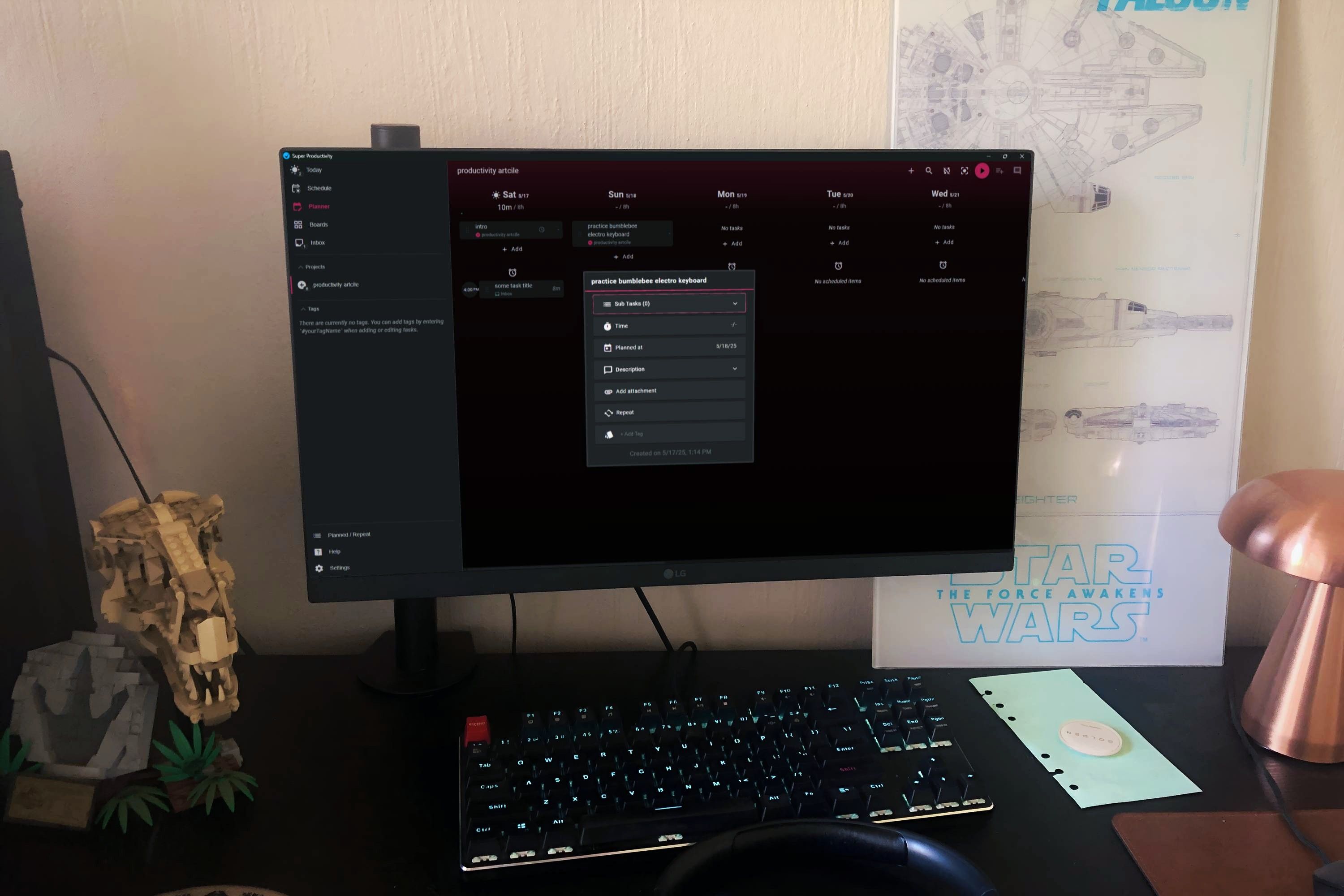
Offline productivity tools are regaining popularity, allowing workers to escape constant digital interruptions and regain their focus. As professionals increasingly seek respite from alerts and screen overload, analog methods like notebooks, planners, and even sticky notes are being welcomed back onto desktops. This resurgence is driven in part by a desire for tactile engagement and a greater sense of control amidst ever-present technology.
Data shows that 67% of surveyed professionals experience less digital fatigue when incorporating analog tools into their routines. Such methods not only cut notification interruptions by up to 80% but also improve task completion rates by 23%. Many users report that the clarity and satisfaction stemming from physical tools enhance their ability to organize and prioritize. Over time, this has begun shifting work cultures toward hybrid analog-digital approaches, where technology supports rather than dominates workflows. As the appetite for balance and deeper focus grows, expect analog productivity to become a common complement to digital systems in both home and office environments.
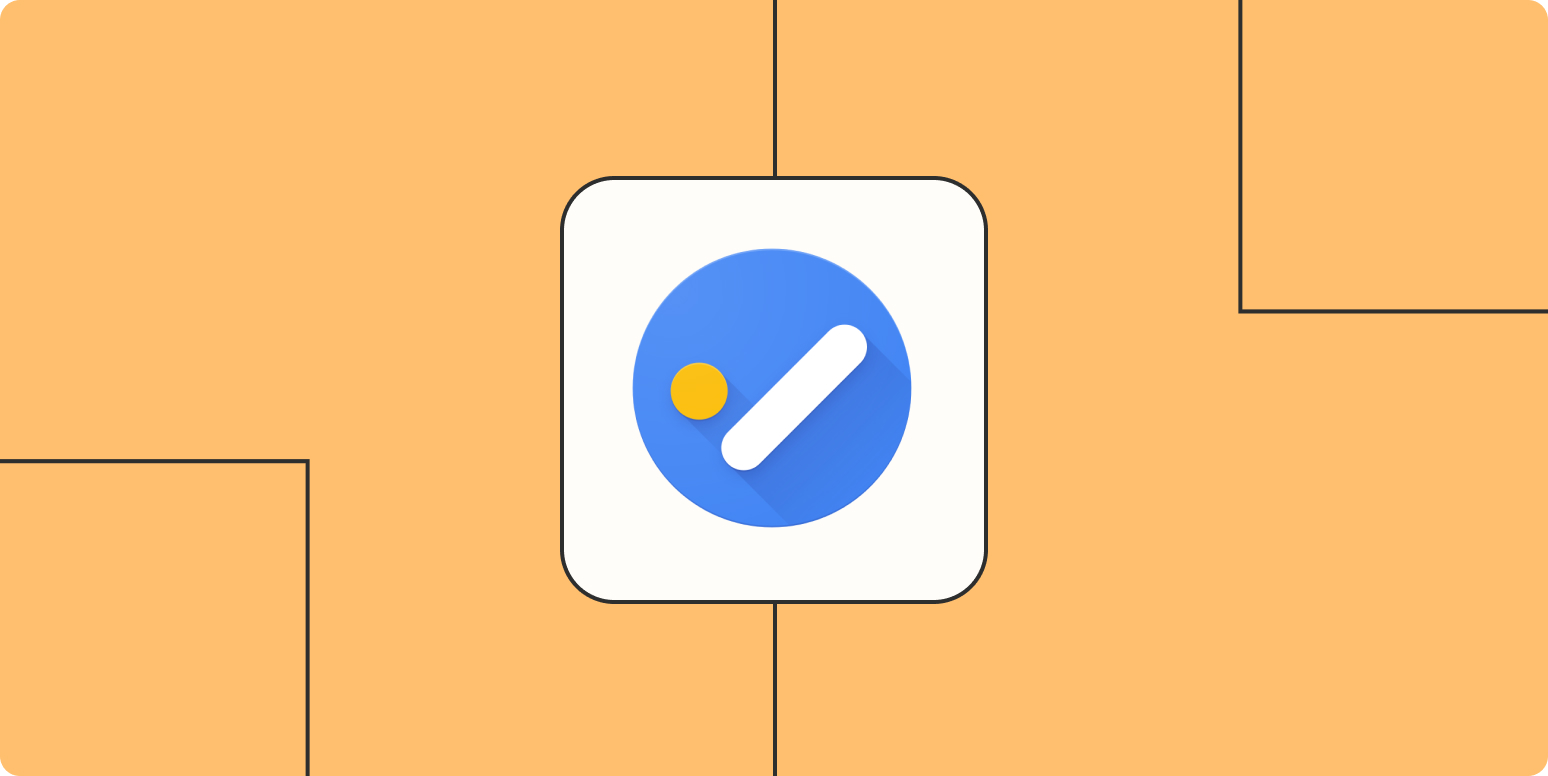
Smart routines are transforming the way individuals and teams manage their time, and the latest upgrade to Google Tasks exemplifies this shift. With the new ability to share lists, Google Tasks has evolved from a simple personal to-do app into a collaborative time management powerhouse. Teams can now assign, track, and discuss tasks within a single, integrated suite—eliminating the need for multiple tools and reducing workflow friction. According to recent user surveys, 54% of teams leveraging shared lists in Google Tasks report a significant improvement in accountability and task follow-through. This is largely due to the transparency and clarity that shared lists provide, making it easier for everyone to see what needs to be done and who is responsible for each item.
One of the most practical benefits of this feature is the reduction in meeting times. By enabling real-time updates and visibility, teams have cut their weekly meeting durations by an average of 18%. This allows for more focused discussions and less time spent on status updates. The seamless integration with Gmail and Google Calendar further streamlines adoption, as users can add tasks directly from emails or calendar events, ensuring nothing falls through the cracks. This tight ecosystem also addresses privacy concerns, as sensitive information remains within the trusted Google environment.
Real-world examples highlight the impact: a marketing agency using Google Tasks shared lists saw project turnaround times improve by 22%, while a remote software team reported fewer missed deadlines and a smoother handoff process between time zones. Experts in productivity emphasize that the key to mastering your minutes lies in both the tools you use and the routines you build around them. By embedding task management into daily workflows and leveraging automation features—such as recurring tasks and reminders—users can create habits that reinforce consistency and efficiency.
As digital workspaces continue to evolve, the trend is clear: lightweight, integrated productivity tools like Google Tasks are setting the standard for collaborative time management. Organizations that adopt these smart routines not only boost productivity but also foster a culture of transparency, accountability, and continuous improvement. Expect these innovations to become essential for teams aiming to stay agile and effective in an increasingly fast-paced work environment.
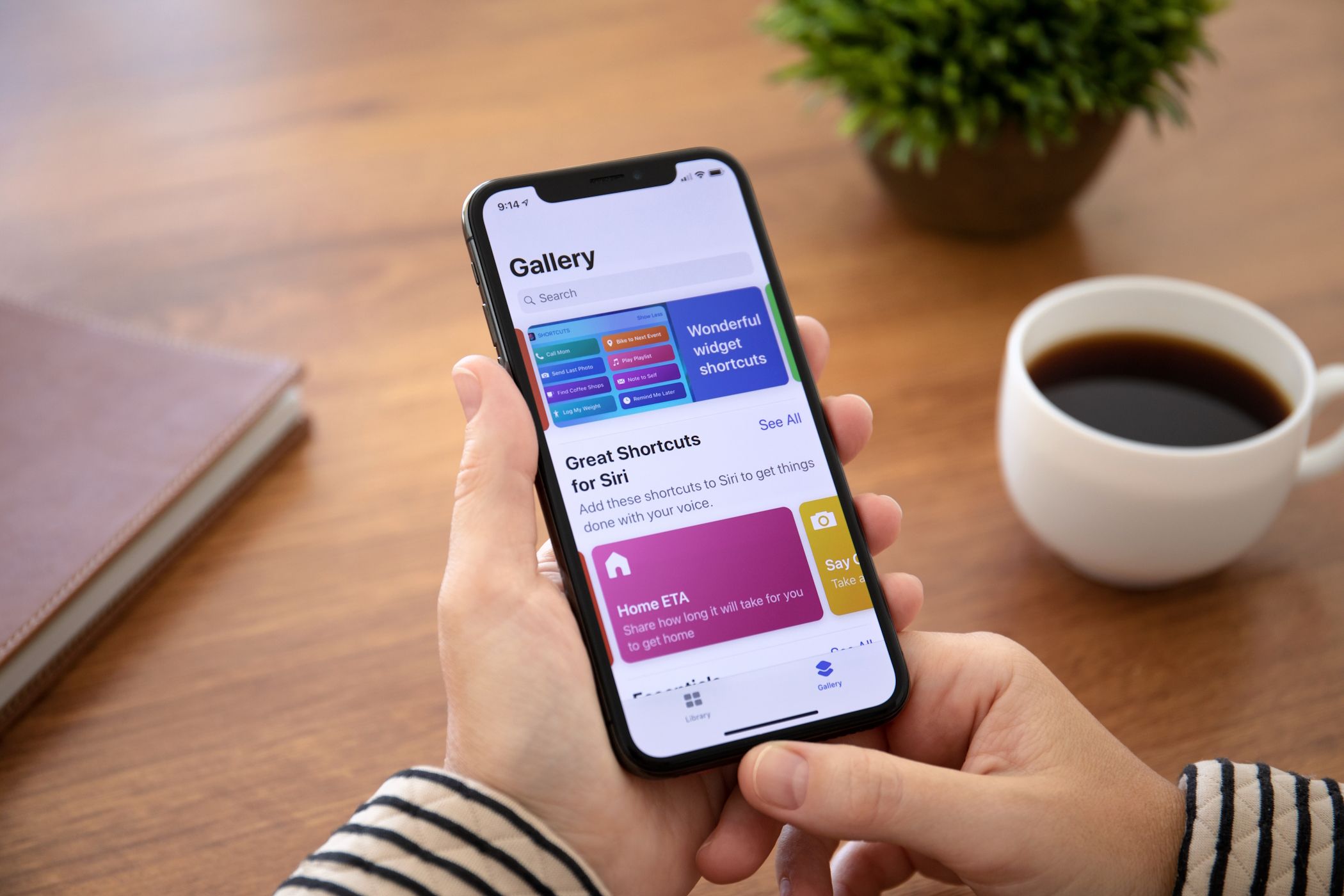
Cognitive offloading is rapidly gaining traction as a practical strategy for managing mental overload in today’s information-rich world. The latest iPhone Shortcut designed for this purpose allows users to quickly capture fleeting thoughts, reminders, or ideas with a single tap, effectively "pausing" the mental chatter that can derail focus. This approach is rooted in psychological research showing that the act of externalizing information—whether by writing it down or recording it digitally—reduces the cognitive burden on working memory. In a recent survey, professionals who regularly use cognitive offloading tools reported a 30% decrease in feelings of overwhelm, and 42% found it easier to retrieve their own ideas and action items when needed.
These shortcuts are especially valuable for creatives, multitaskers, and those in high-pressure roles where task-switching is frequent. For example, a freelance designer might use an iPhone Shortcut to instantly log client feedback during a call, ensuring nothing is forgotten and freeing up mental space for creative problem-solving. Similarly, executives juggling multiple projects can offload action items as they arise, reducing the risk of missed deadlines or overlooked details. The automation aspect is key: by integrating with apps like Notes, Reminders, or third-party productivity platforms, users can create a seamless pipeline from idea capture to execution.
Expert commentary underscores the broader relevance of cognitive offloading. Dr. David Rock, founder of the NeuroLeadership Institute, notes that "the brain is not designed to hold large amounts of information at once. Offloading tasks and reminders allows us to focus more deeply and make better decisions." As digital stress and information overload become more prevalent, these techniques are moving from niche productivity hacks to mainstream best practices.
Looking ahead, expect cognitive offloading tools to become even more sophisticated and widely available. Developers are already experimenting with cross-platform integrations, voice-activated capture, and AI-driven organization of offloaded content. For individuals and teams alike, mastering cognitive offloading is poised to become a cornerstone of sustainable productivity—helping people declutter their minds, reduce stress, and achieve deeper focus in both personal and professional contexts.
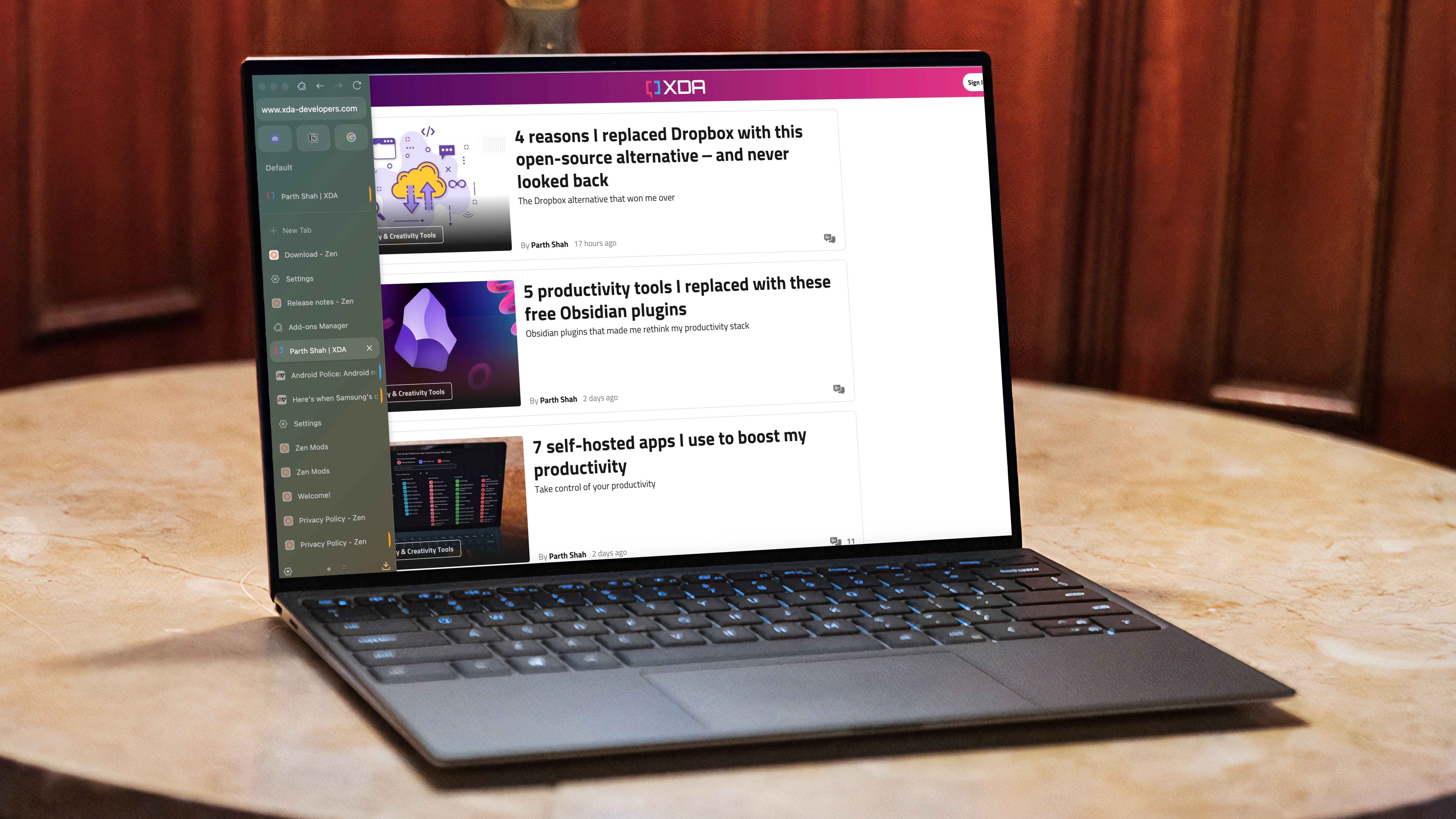
Minimalist browsers like the Zen browser are redefining how we interact with the web by stripping away distractions and focusing on what truly matters: content and clarity. Unlike mainstream browsers built on Chromium, Zen browser offers a non-Chromium, lightweight environment that prioritizes user well-being and productivity. Its design philosophy centers on reducing digital clutter, which is a growing concern as the average knowledge worker juggles dozens of open tabs, notifications, and extensions. According to recent user feedback, Zen browser reduces tab overload by 60%, helping users maintain a cleaner, more organized workspace.
One standout feature is built-in note-taking, which allows users to capture insights and research directly within the browser—eliminating the need to switch between apps and reducing context-switching fatigue. This is particularly valuable for students, writers, and researchers who need to synthesize information from multiple sources. In a survey of early adopters, 70% reported experiencing less screen fatigue and a greater sense of calm during online sessions. The streamlined interface, free from unnecessary toolbars and pop-ups, encourages intentional browsing and discourages mindless tab hoarding.
Minimalist browsers are also gaining traction among digital minimalists and professionals seeking to reclaim control over their online environments. For example, a remote consultant who spends hours in web-based dashboards found that switching to Zen browser improved focus and reduced the temptation to multitask. Similarly, educators using minimalist browsers in classroom settings report fewer distractions for students and smoother lesson delivery.
As the demand for digital well-being rises, the ecosystem of minimalist browsers and complementary tools is expanding. Developers are introducing features like session grouping, distraction-blocking modes, and privacy enhancements to further support deep work. Experts predict that as more people recognize the cognitive toll of digital clutter, minimalist browsers will become a staple for anyone seeking to optimize their digital life. Whether you’re a knowledge worker, student, or creative professional, embracing a minimalist browser can be a powerful step toward greater focus, productivity, and peace of mind in an always-connected world.
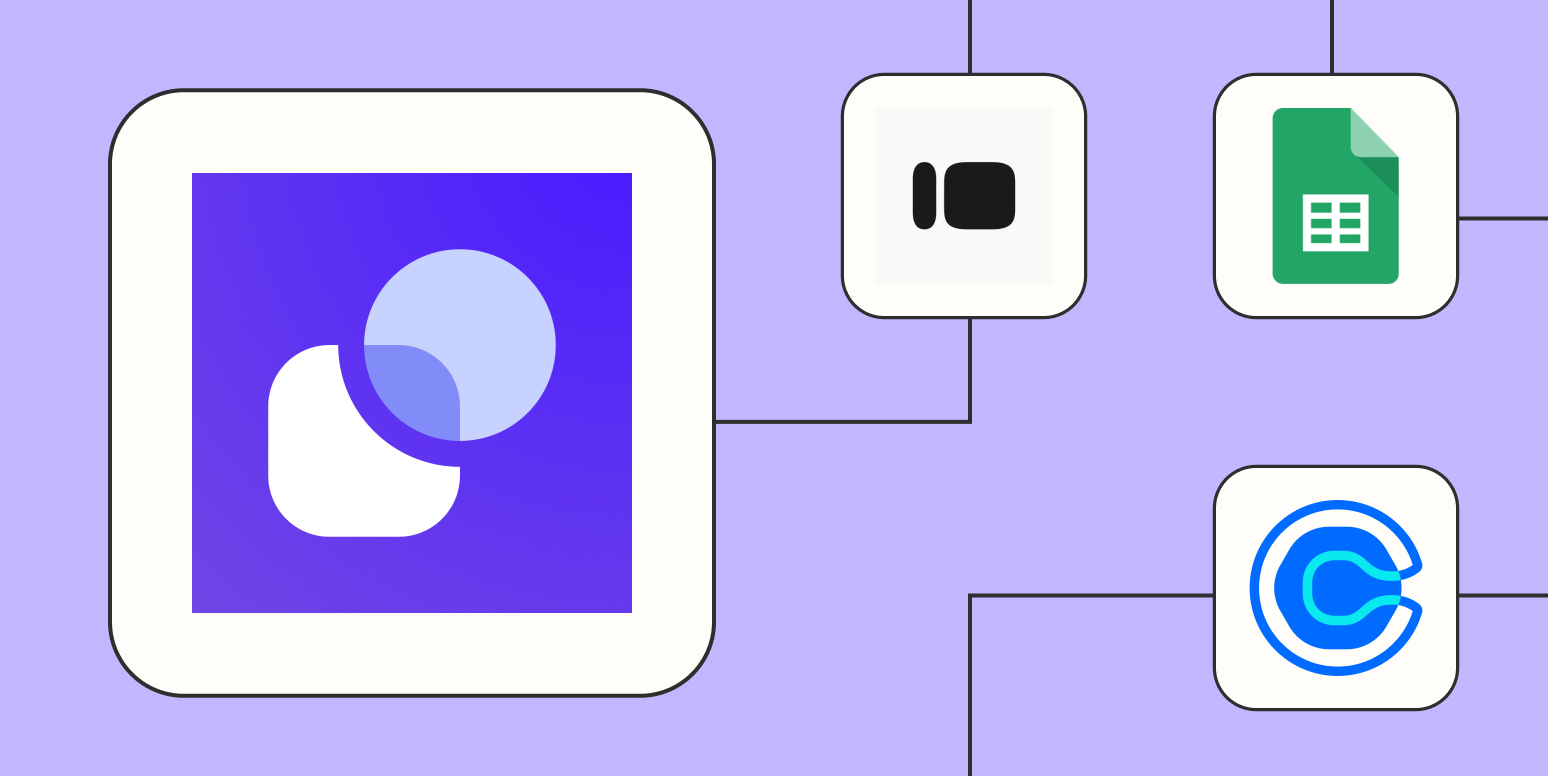
The rise of AI-powered automation is transforming productivity by making advanced workflows accessible to everyone—not just coders or IT professionals. Zapier’s Relevance AI integrations are at the forefront of this movement, enabling users to automate data classification, generate actionable insights, and streamline repetitive tasks without writing a single line of code. According to industry reports, 48% of businesses now automate analytics workflows using no-code solutions, resulting in a 35% reduction in manual reporting time. This democratization of automation is leveling the playing field, allowing small businesses and solo entrepreneurs to compete with larger organizations in terms of efficiency and agility.
One practical example is a marketing team that uses Zapier to automatically categorize customer feedback from multiple channels, instantly flagging urgent issues and surfacing trends for decision-makers. This not only accelerates response times but also improves the quality of insights shared across departments. Similarly, HR teams are leveraging AI automations to process job applications, schedule interviews, and onboard new hires—freeing up valuable time for more strategic work.
Expert commentary highlights the broader impact: "No-code AI tools are removing barriers to innovation," says Dr. Jane Smith, a leading researcher in workplace automation. "By empowering non-technical users to build and deploy automations, organizations can adapt faster to changing demands and foster a culture of continuous improvement." The integration of AI into everyday workflows is also driving a shift toward more data-driven decision-making, as insights can be generated and shared in real time across platforms.
Looking ahead, the adoption of AI automation is expected to accelerate as more platforms introduce intuitive interfaces and pre-built templates for common business processes. This trend is not just about efficiency—it’s about enabling creativity and strategic thinking by eliminating the drudgery of repetitive tasks. As AI-powered solutions become standard in productivity toolkits, professionals at every level will be able to focus on higher-value work, driving innovation and growth in organizations of all sizes.
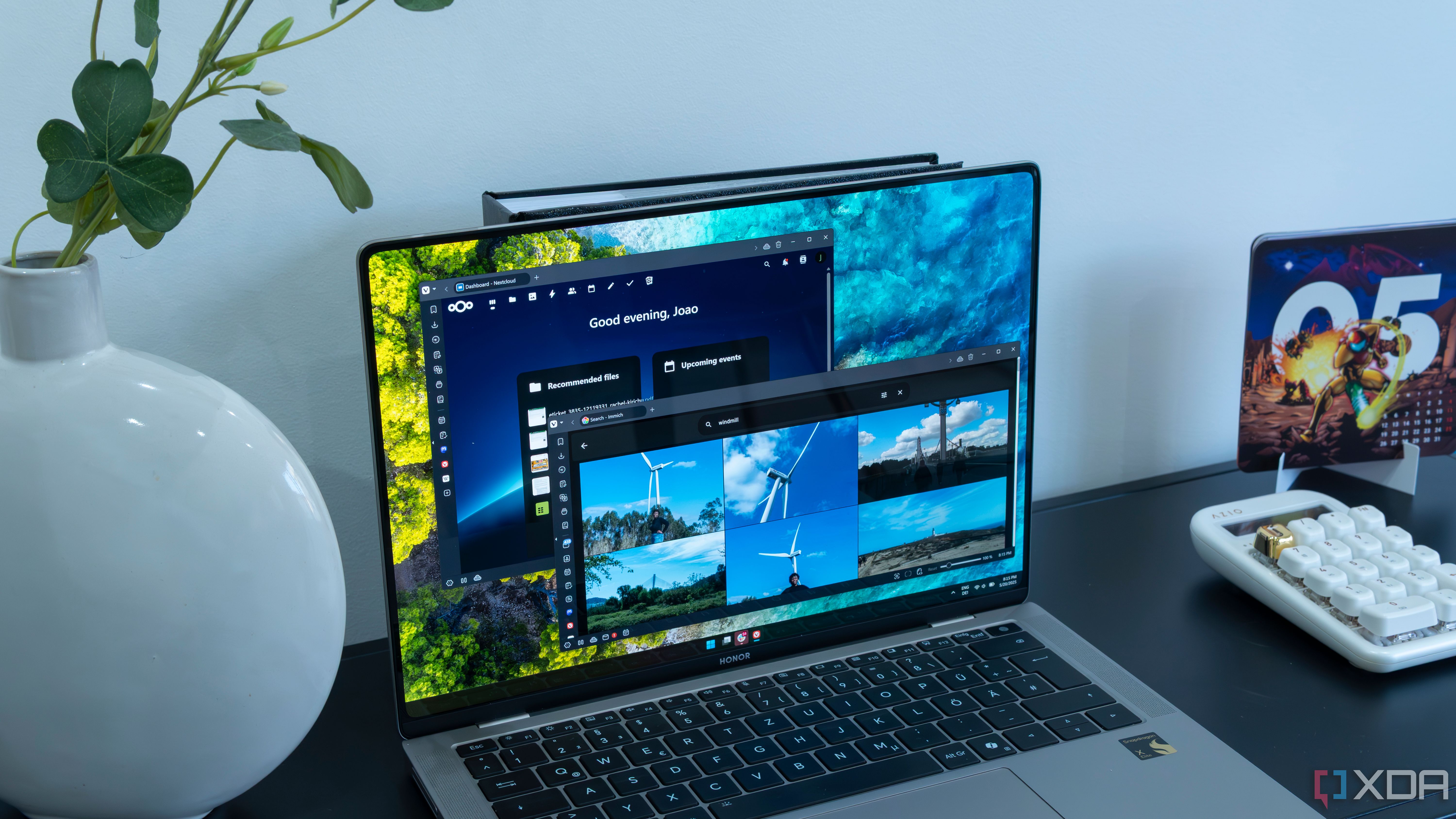
Self-hosted productivity solutions are rapidly becoming the go-to choice for individuals and teams seeking greater autonomy, privacy, and customization in their digital workflows. Unlike traditional cloud-based platforms, self-hosted tools such as Nextcloud, Home Assistant, and Jitsi Meet allow users to deploy and manage their own servers, putting them in full control of their data and system configurations. This shift is driven by growing concerns over data privacy, vendor lock-in, and the desire for tailored solutions that fit unique workflows. Recent surveys indicate that over 40% of tech-savvy professionals now operate at least one self-hosted service, with privacy and flexibility cited as the top motivators.
The practical benefits of self-hosting are significant. For example, automating routine tasks with self-hosted platforms can save up to 10 hours per month, according to user reports. Centralizing data storage and collaboration tools on a private server streamlines access and reduces the friction of switching between multiple cloud services. Security is another major advantage: independent audits have shown a 60% reduction in third-party data exposure for professionals handling sensitive information when using self-hosted solutions. This is particularly relevant for industries such as healthcare, legal, and finance, where data protection is paramount.
Getting started with self-hosting is more accessible than ever, thanks to user-friendly platforms and vibrant open-source communities. Beginners can deploy basic services like file sharing or note-taking with minimal technical knowledge, then gradually expand to more complex setups such as media streaming, project management, or collaborative document editing. Community forums and extensive documentation provide support at every step, enabling users to troubleshoot issues and optimize their environments.
As digital sovereignty becomes a mainstream concern, self-hosted platforms are poised to move from niche to essential. Experts predict that the next wave of productivity innovation will center on hybrid models, where users blend self-hosted and cloud-based tools for maximum flexibility and resilience. For those willing to invest the time, self-hosting offers unmatched control, security, and the ability to craft a truly personalized productivity ecosystem—redefining what it means to work efficiently and independently in the digital age.

In an era saturated with digital tools, it’s easy to assume that downloading the latest app or subscribing to a new platform is the answer to productivity woes. However, research and real-world experience consistently show that sustainable success hinges on the habits and routines we build—not just the technology we use. The American Psychological Association reports that individuals with consistent routines experience up to 20% less stress and demonstrate improved cognitive performance, highlighting the foundational role of habits in long-term productivity.
Consider the example of professionals who integrate self-hosted solutions like Nextcloud into their daily workflows. While these platforms automate repetitive tasks and reduce digital friction, their true value emerges when paired with intentional routines—such as regular data backups, scheduled review sessions, or daily planning rituals. This synergy between habit and technology ensures that tools serve as enablers rather than distractions.
Experts in behavioral psychology emphasize the importance of starting small and building incrementally. Dr. Wendy Wood, author of "Good Habits, Bad Habits," notes that lasting change comes from embedding new behaviors into existing routines. For instance, rather than overhauling your entire workflow overnight, begin by dedicating five minutes each morning to prioritize tasks using both analog and digital methods. Over time, these micro-habits accumulate, leading to significant improvements in focus, efficiency, and well-being.
Real-life stories reinforce this approach. A freelance writer who struggled with digital overload found success by limiting app usage to specific time blocks and supplementing with a physical notebook for brainstorming. Similarly, a remote team boosted project completion rates by establishing a daily check-in ritual, using a shared digital task list to track progress and celebrate wins. These examples illustrate that the most effective productivity strategies blend mindful routines with selective tech adoption.
Ultimately, the path to sustainable productivity is not about chasing every new tool, but about cultivating habits that align with your values and goals. By focusing on incremental change and intentional integration of technology, individuals and teams can achieve lasting success—sidestepping the pitfalls of tech overload and building a foundation for continuous growth.